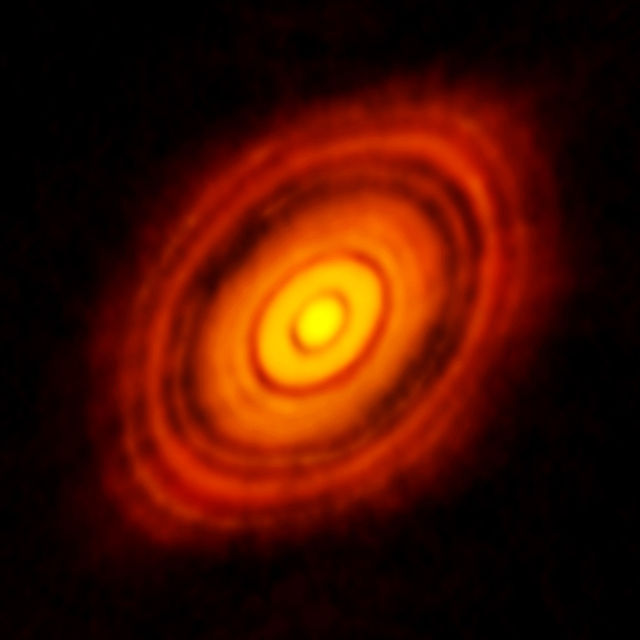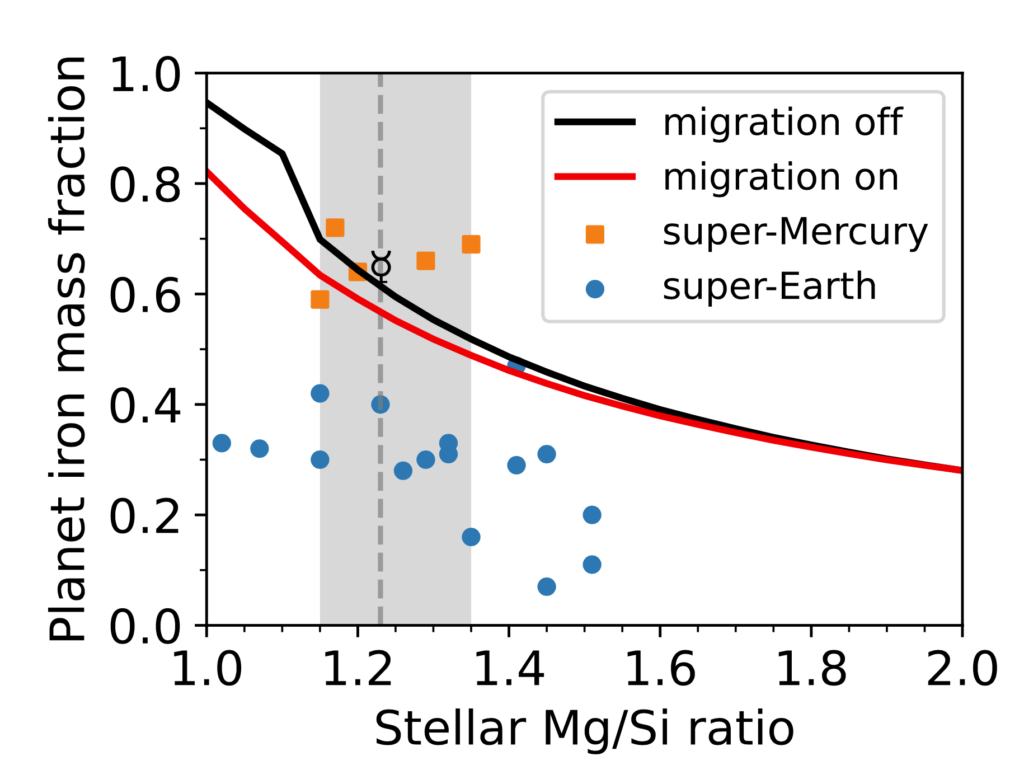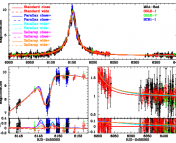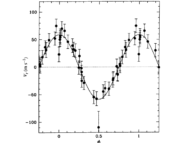Title: Forming Super Mercuries: The Role of Stellar Abundances
Authors: Jingyi Mah and Bertram Bitsch
First Author’s Institution: Max Planck Institut für Astronomie, Heidelberg, Germany
Status: Accepted for publication in Astronomy and Astrophysics[open access]
Since the first detection of an exoplanet in 1992, astronomers have endeavored to better understand how planets form. In the basic picture, a newly born host star is surrounded by a rotating disk of gas and dust, known as a protoplanetary disk, from which the planets are born.
Given that the host star and protoplanetary disk collapsed down and formed from the same material, it’s likely that their elemental abundances are related. And that’s the motivation behind today’s paper: whether the host star’s iron, silicon and magnesium abundances affect the formation of Super-Mercuries, or rocky exoplanets with more than 60% by weight of iron.
To do this, the authors modeled the formation of Super-Mercuries via the accretion, or accumulation, of iron-rich pebbles in a protoplanetary disk for varying compositions of the host star.

A Super Model for Super-Mercury Formation
The first step involved setting up a planet formation model for the protoplanetary disk. The chosen model took into account many physical processes, including the viscous evolution of gas in the disk, the formation and movement of pebbles (coagulated dust particles of millimeter-to-centimeter size), planet growth via the accretion of pebbles and gas, and the movement of planets within the disk.
In addition, the model included the effects of pebble evaporation and condensation, a process which turned out to be key for the formation of iron-rich pebbles, the building blocks of Super-Mercuries. Put more simply, elements and molecules in pebbles are able to evaporate (become gaseous) or condense (return to a liquid state) depending on the ambient temperature. However, the temperatures at which these transitions occur vary for different elements and molecules. Since the temperature in the protoplanetary disk is warmer closer to the host star and cooler further away, the distances from the host star at which condensation and evaporation occur are different for different chemical species.
For the authors of today’s bite, the species of prime interest were iron and Mg2SiO4, commonly known as forsterite. Iron and forsterite have very similar condensation temperatures, of 1357 K and 1354 K, respectively, and thus are expected to be present in pebbles or evaporate out in similar regions of the protoplanetary disk. Therefore, it’s possible that varying the content of magnesium and silicon in the star and hence also in the disk might alter the ultimate content of iron in the pebbles that go on to form a planet. This is because more magnesium and silicon in the pebbles will result in a relative reduction of the fraction of iron.
Simulating Reality
To test this hypothesis, the authors set up their planetary formation model and placed a planetary seed, a precursor to planet formation) near the iron evaporation radius and allowed the simulation to evolve until a planet formed. They repeated this step twice, once for the case in which the planetary seed stayed on the same orbital path, and another where it was allowed to migrate inwards. Then, the authors varied the initial distance of the planetary seed from the host star and observed the system’s evolution for both the cases with and without migration, testing 20 different distances in total.
From these simulations, the authors recorded the maximum fraction of iron by mass of the planet that was formed. They then varied the Mg/Si ratio of the host star and repeated the process, allowing us to see exactly how the planet iron mass fraction depends on stellar Mg/Si ratio. These results are shown in figure 2.

Evidently, the planet iron mass fraction decreases as the Mg/Si ratio of the host star increases for both the migration and non-migration case. However, this makes sense, because more magnesium in the host star implies that there’s more magnesium in the disk since they formed from the same material. This in turn means there’s more magnesium in the form of forsterite (Mg2SiO4) in the pebbles, reducing the relative mass contribution of iron. Since Super-Mercuries require high iron-content pebbles to form, a high Mg/Si ratio will hamper their formation.
In addition, figure 2 shows the location of a sample of observed Super-Mercuries and Super-Earths on the plot. The Super-Earths, or exoplanets with a similar composition to Earth but with masses between 2 and 10 times greater, show a large range of Mg/Si ratios, indicating that the host star’s magnesium abundance is perhaps not so important for their formation. For the Super-Mercuries on the other hand, there is a narrow range of Mg/Si ratios, indicated by the vertical gray region, that lead to their high characteristic iron mass fraction. This is in line with the simulations from today’s paper that indicate that it might be difficult to form Super-Mercuries if the host star’s Mg/Si ratio is too high.
Clearly, the host star’s abundances do play a role in the formation of Super-Mercuries. However, the simulations are unable to reproduce the composition of Mercury, which contains roughly 70% iron by weight and is hosted by the Sun which has a Mg/Si ratio of 1.23. Therefore, more studies are needed to see if planetary collisions or other mechanisms are responsible for Mercury’s enhanced iron content and to help understand how the Sun’s closest planet came to be.
Astrobite edited by Storm Colloms
Featured image credit: Wikimedia Commons




